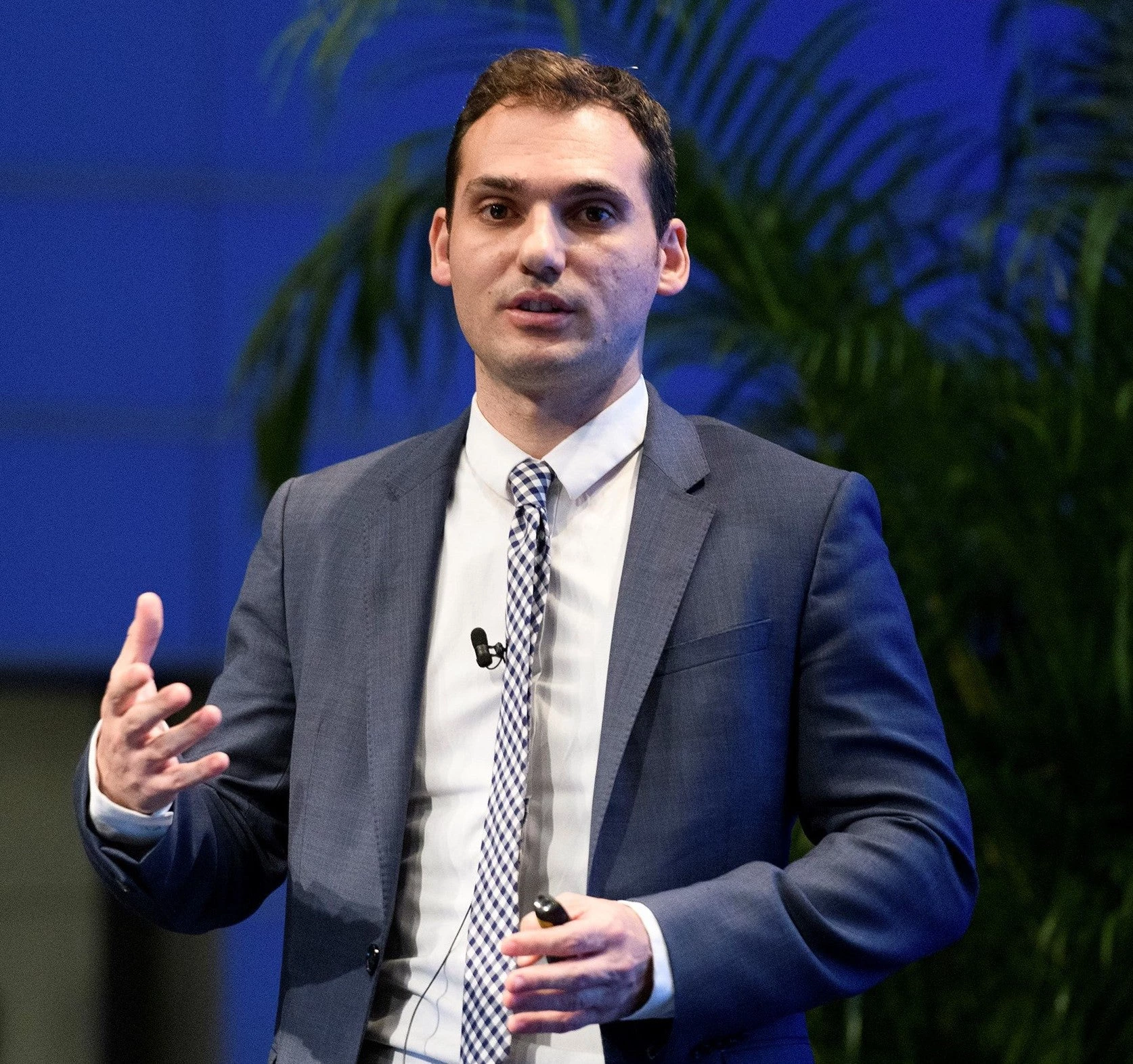 Photo by gradyreese from Getty Images Signature
Photo by gradyreese from Getty Images Signature
December 18th marks the International Day of Migrants, a reminder of the importance of the ongoing mission to make remittances more affordable and accessible for migrants and their families. For migrants, sending money home is not just a financial transaction; it is a heartfelt expression of love and dedication to their families. In 2023, remittances to the Western Balkan six countries (WB6) reached a record high of USD 13.7 billion, accounting for 8.6% of the region's GDP. This figure underscores the crucial role these funds play in supporting families, reducing poverty, and promoting stability.
As the holiday season approaches, the flow of remittances intensifies. Nearly 70% of these remittances come from the European Union (EU), where many migrants from the region live. A striking 61% of families in the Western Balkans rely on remittances to meet their most basic needs. On average, these funds make up 28% of the household budgets for the families that receive them, highlighting their essential role in daily life.
Millions of migrants will send money to their families, but this generosity comes at a high cost. According to the World Bank’s Remittance Prices Worldwide (RPW), the average cost of sending USD 200 to WB6 was 7.94% as of Q2 2024. Among the 819 available services across all WB6 corridors, 26% charge over 10% in fees and foreign exchange conversion costs. While the cost of sending remittances to WB6 declined in the last decade thanks to reforms in the WB6 countries to enhance their payment systems and improve financial inclusion, it remains higher than the global average (6.65%) and the Europe and Central Asia (ECA) average (7.43%) (Figure 1). Moreover, it is still more than twice the 2030 Sustainable Development Goal (SDG) target of 3%.
Figure 1: Average cost of sending USD200 to the WB6

Source: World Bank, Remittance Prices Worldwide, Q4 2024. WB6 Expanded Dataset
The hidden costs of sending remittances
One of the biggest challenges to reducing remittance costs in the WB6 is the heavy reliance on cash-based services and the limited choice. About one-third of respondents receive remittances through unregulated channels, such as hand-carried cash or delivery by bus drivers. Even among those who opt for regulated services, about 90% receive their remittances in cash. This dependency on cash not only drives up costs but also limits the potential for more efficient and secure digital transactions.
According to World Bank research, nearly 28% of WB6 remittance receivers lack transaction accounts, and 42% do not have payment cards. Additionally, over 80% of recipients have never used mobile or internet banking, which limits their access to more convenient and cost-effective options. As a result, digital remittance services account for less than a quarter of all remittance transactions to WB6 countries, and only 17% for services within the region (Figure 2). Despite being cheaper than non-digital options (7.34% compared to 8.12%), the cost advantage of digital services is not universally apparent across all providers.
Figure 2: Share of remittance services by destination country and remittance channel

Source: World Bank, Remittance Prices Worldwide, Q4 2024. WB6 Expanded Dataset
The potential of remittances extends far beyond immediate financial support, but, this potential is not fully realized due to the current barriers to use of formal financial services by poor people. Only 40% of receivers save any money from remittances, with many keeping their savings at home rather than in financial institutions. This practice not only limits the safety and growth of their savings but also restricts their access to other financial products like insurance, prepaid cards, and loans. Less than a fifth of households can access loans based on remittance receipts.
Payments modernization as a pathway for addressing remittances challenges
To tackle these challenges and maximize the impact of remittances, modernizing payment systems is crucial. In the WB6, the World Bank projects, funded by SECO and the European Commission, are pivotal. They are supporting countries introduce cutting-edge solutions including fast payments and QR code standards. Further, they have supported with fulfilling the requirements for joining the Single European Payments Area (SEPA), with Albania and Montenegro already accepted in November 2024, and other with other countries in the region to join soon. SEPA integration and operationalization is expected to lower the cost and increase the speed of cross-border payments to and from Europe, contributing to the achievement of the SDG target of 3%, which could save WB6 migrants up to $500 million annually, provide broader financial access, and integrate these economies into global markets.





Join the Conversation